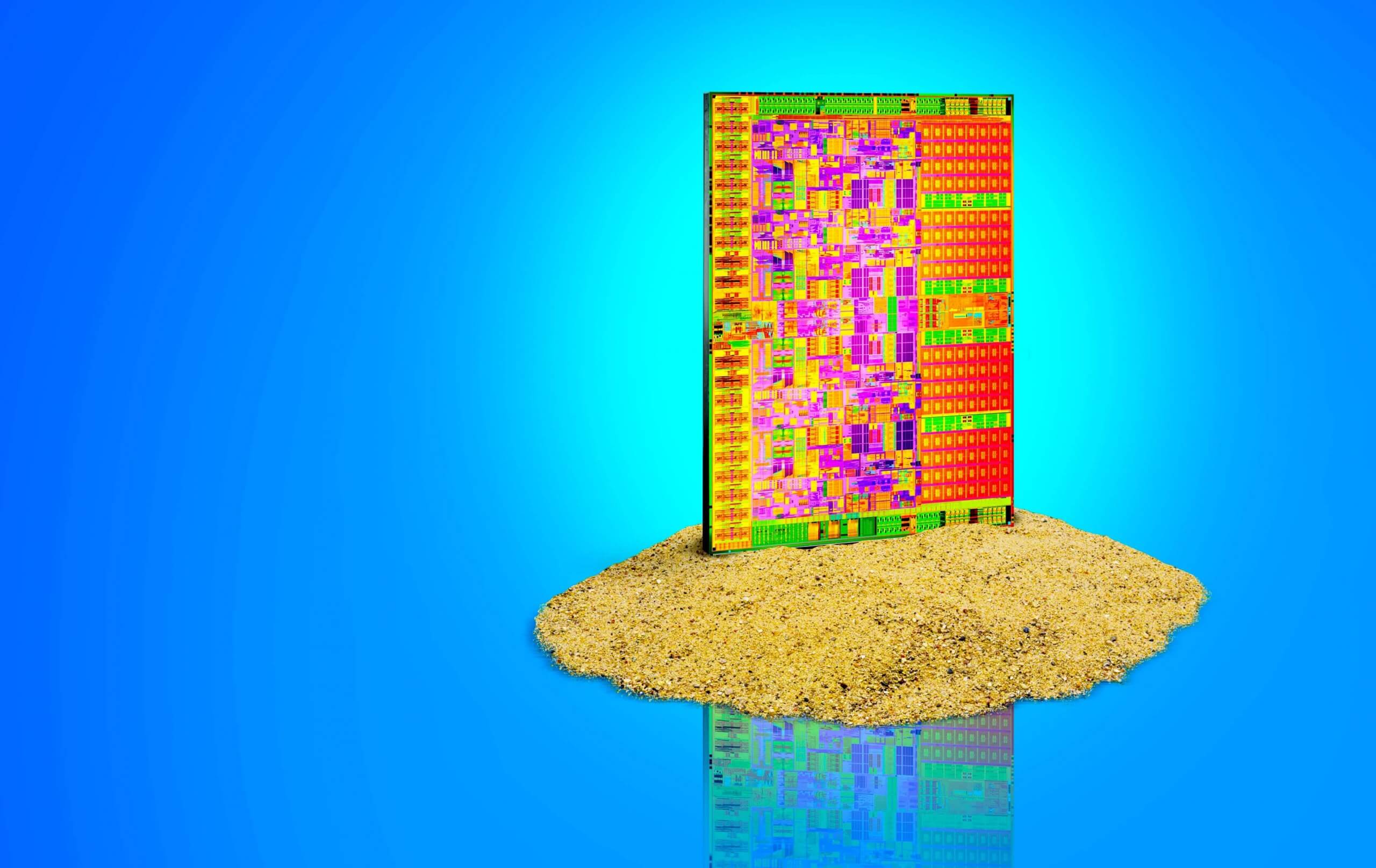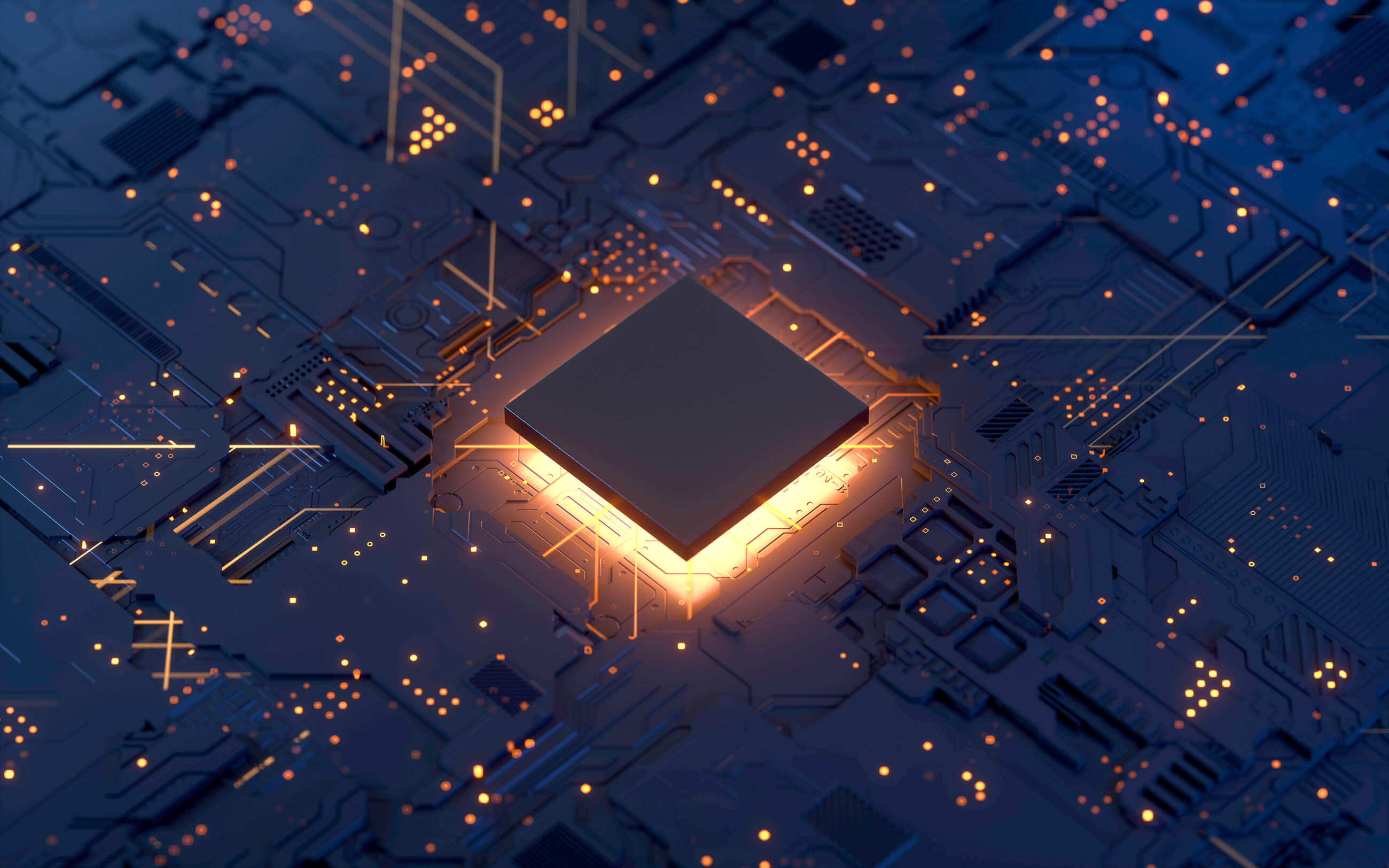A hot potato: There was a time—and it wasn’t really that long ago—when if you asked anyone who tracked the chip business about Intel, they probably would have said they were invincible. After all, they owned 99% of the datacenter CPU market, close to 90% of the PC CPU market and even made ambitious acquisitions in other “alternative” architectures, such as FPGAs (Field Programmable Gate Arrays) and dedicated AI processors. On top of that, they had a decades-long history of impeccable execution and industry-leading innovations in the process of semiconductor manufacturing.

And then, last Thursday hit.
During what was otherwise a stellar second quarter earnings report, with impressive revenues and growth numbers across the board, the company acknowledged that their already delayed transition to 7nm process technology for future generation CPUs was delayed for another six months.
Now, arguably, that really shouldn’t be that big of a deal. After all, this is ridiculously complex technology. The company said they knew what the problem was and, therefore, had a clear path to fixing it. They also certainly wouldn’t be the first major tech company to face some technical challenges that caused delays in the release of eagerly awaited new products.
"There appears to be some loss of faith in Intel’s previously irreproachable reputation for delivering what they said, when they said they would do it"
But the market didn’t see it that way, and subsequently, Intel stock has lost nearly 20% of its value in the last week. To be fair, this is also a stock market that over the last few months has shown absolutely no sense of rationality, so you have to take any dramatic stock price moves in the current environment with a very large grain of salt.
Fundamentally, however, there appears to be some loss of faith in Intel’s previously irreproachable reputation for delivering what they said, when they said they would do it. While some view the most recent news, as well as the forthcoming and likely related departure of chief engineering officer Murthy Renduchintala, as the primary catalyst for this perspective, you could make the argument that the problem started earlier.
In the case of dedicated AI accelerators, for example, Intel made a large investment in Nervana and put Nervana’s main execs in charge of their dedicated AI investments back in 2016. Then, shortly after they released their first Nervana chips to customers, they essentially abandoned all that work to purchase Habana Labs for $2 billion late last year and moved in a different direction. Obviously, cutting edge technologies like AI accelerators can certainly shift quickly, and, in this case, Intel clearly recognized that they needed to make an aggressive move. However, it certainly raised some questions.

At the same time, there are also several other very interesting developments in the semiconductor market that appear to be driving some fundamental shifts in how people (and investors) are viewing it. One, of course, is a hugely reinvigorated AMD—a fact that’s been reflected in the company’s impressive growth and even more impressive stock price run over the last several years (as well as the nice boost it received last week as a result of Intel’s news).
"AMD has been shaking up and enlivening the previously static CPU market and that it will continue to do so for many years to come"
To their enormous credit, AMD’s CEO Lisa Su, CTO Mark Papermaster and team have done a remarkable job in turning a company that some felt was headed for extinction just a few years back, into a formidable competitor and an important force in the chip industry overall. You could argue (and many have) that, from a market valuation perspective, the company has received more credit than its sales numbers reflect. However, there’s no question that AMD has been shaking up and enlivening the previously static CPU market and that it will continue to do so for many years to come.
In addition, there’s been a great deal of momentum recently towards Arm-based CPUs in both datacenters and PCs. Apple’s recent announcement to switch from Intel to its own Arm-based CPU designs in future Mac, for example, highlights some of the high-level changes that are happening in the CPU market.
Despite all this bad news for Intel, it is important to keep everything in perspective. Intel is still by far the largest CPU manufacturer in the world and will be for some time to come. The company will certainly be facing a more competitive marketplace than it has had to worry about for a very long time, but it’s undoubtedly up to the task. Also, in the long run, good competition will inevitably be better for all of us.
As a long-time Intel follower who essentially learned most everything about the importance of process technology from Intel (they’ve done a fantastic job of educating analysts and press about these issues for a very long time), I have to admit that it’s somewhat shocking to see Intel in this state. At the same time, it’s also important to remember that not all numbers in the semiconductor process game are created equal. While it’s certainly up for debate, Intel has argued for years that its 7nm process is closer to what other vendors call 5nm.
"It is clear that Intel has slipped from its mantle of invincibility and will need to reprove itself to the industry and market at large"
Regardless of the numbers, however, it is clear that Intel has slipped from its mantle of invincibility and will need to reprove itself to the industry and market at large. The fact that the company has already discussed working with third-party foundries on advanced process nodes for some of its upcoming chips (including its widely anticipated new GPU) is a testament to that.
In the Intel of old, that decision would have probably been unthinkable. But we are in a new era, and despite these short-term concerns, it is encouraging to see Intel’s CEO Bob Swan willing to admit the challenges they have and take some aggressive actions to address them.
The sands beneath the semiconductor market are clearly shifting, and it’s going to be very interesting to see how things look over time.
Bob O’Donnell is the founder and chief analyst of TECHnalysis Research, LLC a technology consulting and market research firm. You can follow him on Twitter @bobodtech. This article was originally published on Tech.pinions.
https://www.techspot.com/news/86158-opinion-shifting-semiconductor-sands.html